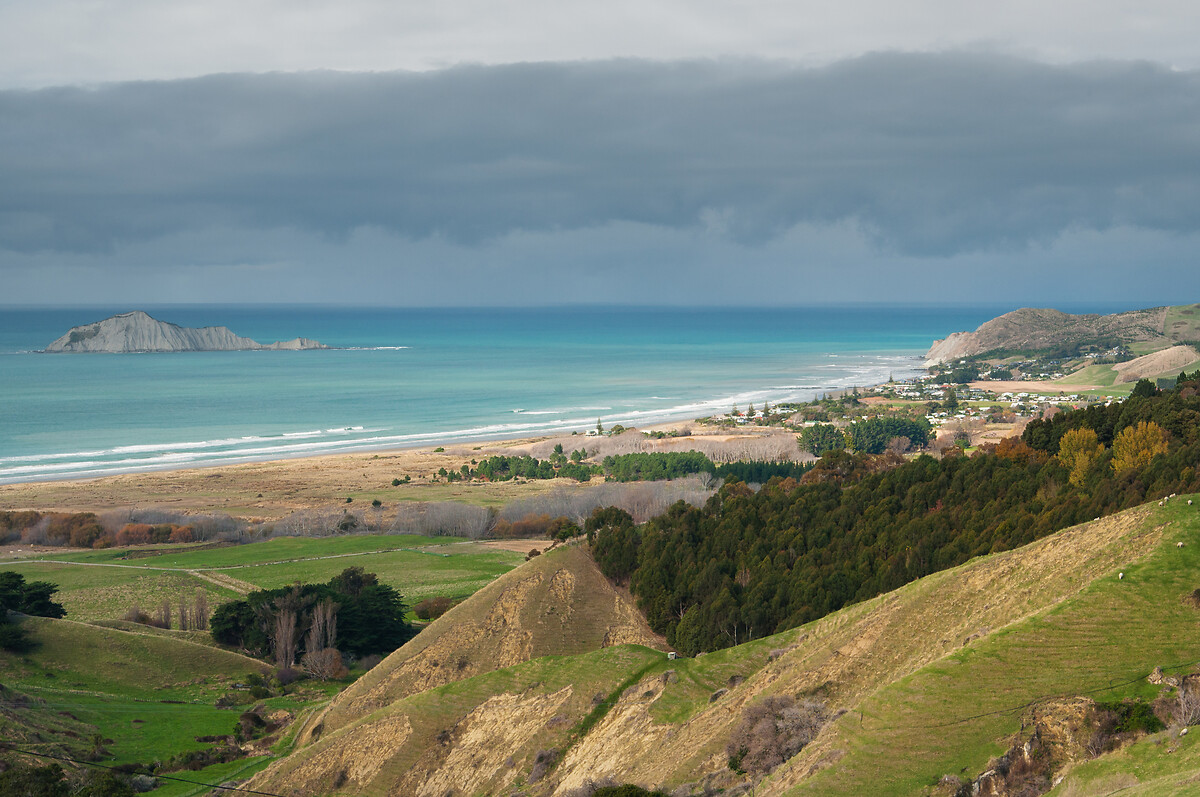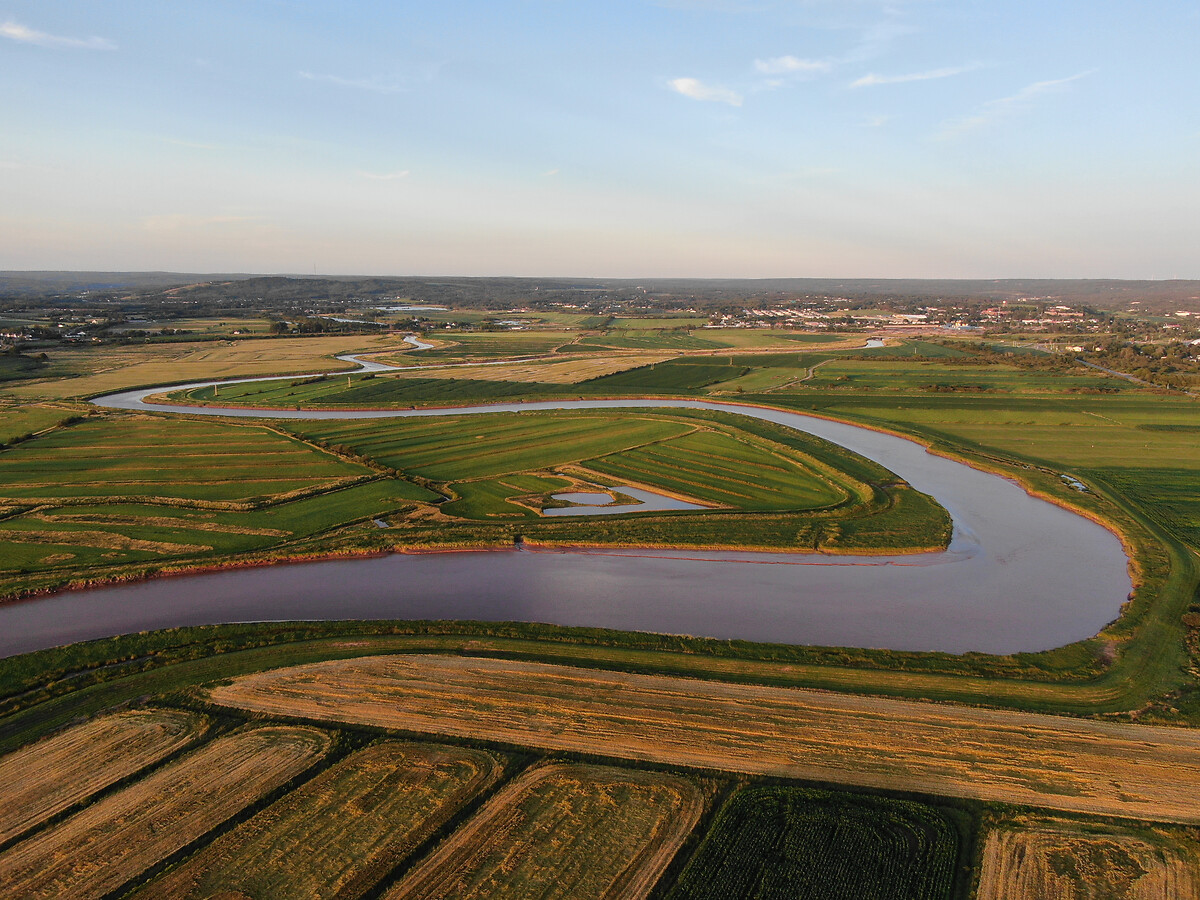> Tags: Stakeholder engagement, Subnational, Water quality
> Theme: Pollution
> Country: New Zealand
> Last updated: 04 June 2020
Download PDFPolicy in practice
Stakeholder engagement is increasingly recognised as critical to secure support for reforms, raise awareness about water risks and costs, increase users’ willingness to pay, and to handle conflicts. In the last decade, stakeholder engagement has gained traction in the water sector in OECD member countries in response to new legislation and guidance requiring greater inclusiveness, transparency
and accountability.
The region of Canterbury contains 70% of New Zealand’s irrigated land, 65% of the nation’s hydroelectricity storage capacity, an extensive groundwater system, highly prized coastal lagoons, lowland waterways valued for cultural and recreational use, and world-renowned braided river systems. In the early to mid-2000’s, public concerns about deteriorating water quality, reduced reliability of water supply for irrigation, and dissatisfaction with the adversarial approach to water management became widespread. The community at large had reached breaking point due to over-allocated water resources, pressure from droughts, and degraded water quality, primarily from diffuse pollution from agriculture.
In response to these problems, the Canterbury Water Management Strategy (CWMS) was developed over the years 2007-2009 to provide a framework for a collaborative approach to water management and with targets across all interests in water. It has three key features: i) delivering environmental, economic, cultural and social outcomes together (“parallel development”, defined as 10 targets); ii) A shift from effects-based management of individual resource consents for individual landowners to integrated management of catchments; and iii) A collaborative governance framework where “local people, plan locally”.
One of the most tangible outcomes is community ownership of solutions. For example, in one zone, the community have taken ownership of lagoon augmentation as part of the local solution and are working together to design and pay for it. Challenges associated with a collaborative governance process include speed of implementation and delivery; inherently, collaborative processes move at the “speed of trust”. There is variable capacity of community members to understand and assimilate information that includes complex biophysical, cultural, social and economic data. Additionally, if safeguards are not put in place to ensure all stakeholders have equal representation, disproportionate capture of vested interests can reduce the potential to achieve ambitious water quality limits.
Based on the experience of the CWMS, requisites for a successful collaborative governance approach include:
Objectives and clarity of the process. The CWMS set out the principles, targets, and methodology “up-front” and removed any doubt over scope, process, and what was
trying to be achieved.
Commitment and clarity from governors on the lines of decision making. The Canterbury Regional Council delegated significant power to the zone committees by agreeing to endorse all of the committees’ recommendations where these are the consensus of the committee and have been developed with strong stakeholder and community engagement.
Absolute transparency with information and process, including having difficult conversations in sessions that are open to the public and making all technical
information freely available. Traceability is important; the wider community needs to be able to know when, where, why and how, certain decisions were made. It is
critical to get right, and be clear about, the scale of operation - hydrological, social, and administrative.
Resourcing needs to match the level of ambition for stakeholder engagement and responsibility. The most substantial expenditure is the support staff. Facilitators need to be able to deal with ambiguity, to think and work across disciplines, and be committed to developing resolutions but not transposing their own ideas (i.e. to be “knowledge brokers”). Technical support staff who provide science, hydrology, planning, biodiversity, cultural and infrastructure advice need to be able to communicate
at various levels and the facilitators need to be prepared to “hold a space” for stakeholders who may not be well resourced or articulate.
Key policy message
Stakeholder engagement is increasingly recognised as a critical element in water policies and governance that can minimise pressures on coastal ecosystems.



